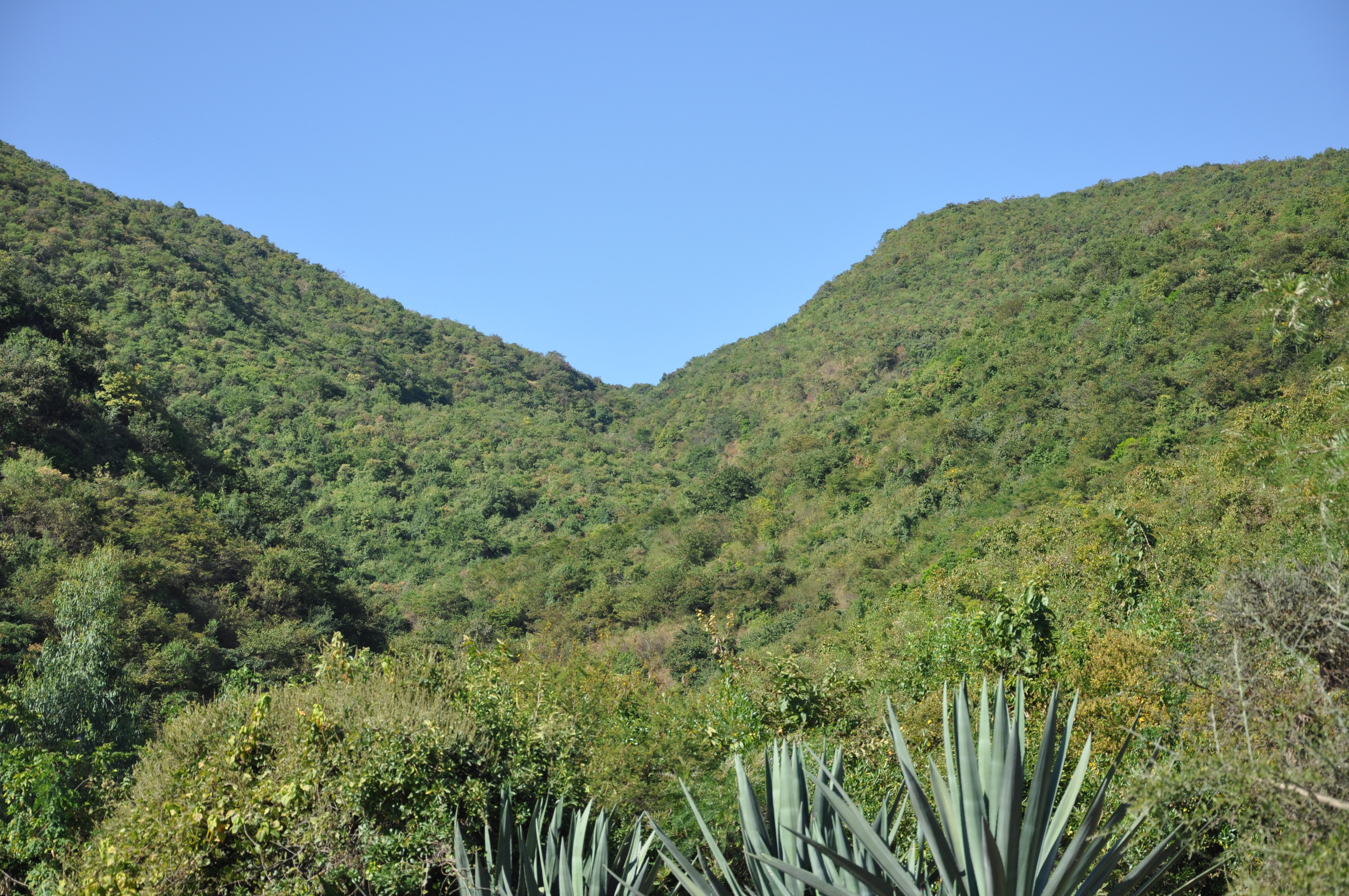
Humbo: a bare mountain becomes a dense forest
October 20, 2016
By Tessema Getahun – World Vision Ethiopia
In 2008, decades of continuous clearing of trees for charcoal and firewood had left thousands of hectares of hills barren, exposing the residents to severe drought and starvation. To address this degradation, and the negative effects it was having on the community, the Humbo FMNR project began. World Vision’s intervention brought the forest back, transforming the lives of hundreds of families living around hill bottoms.
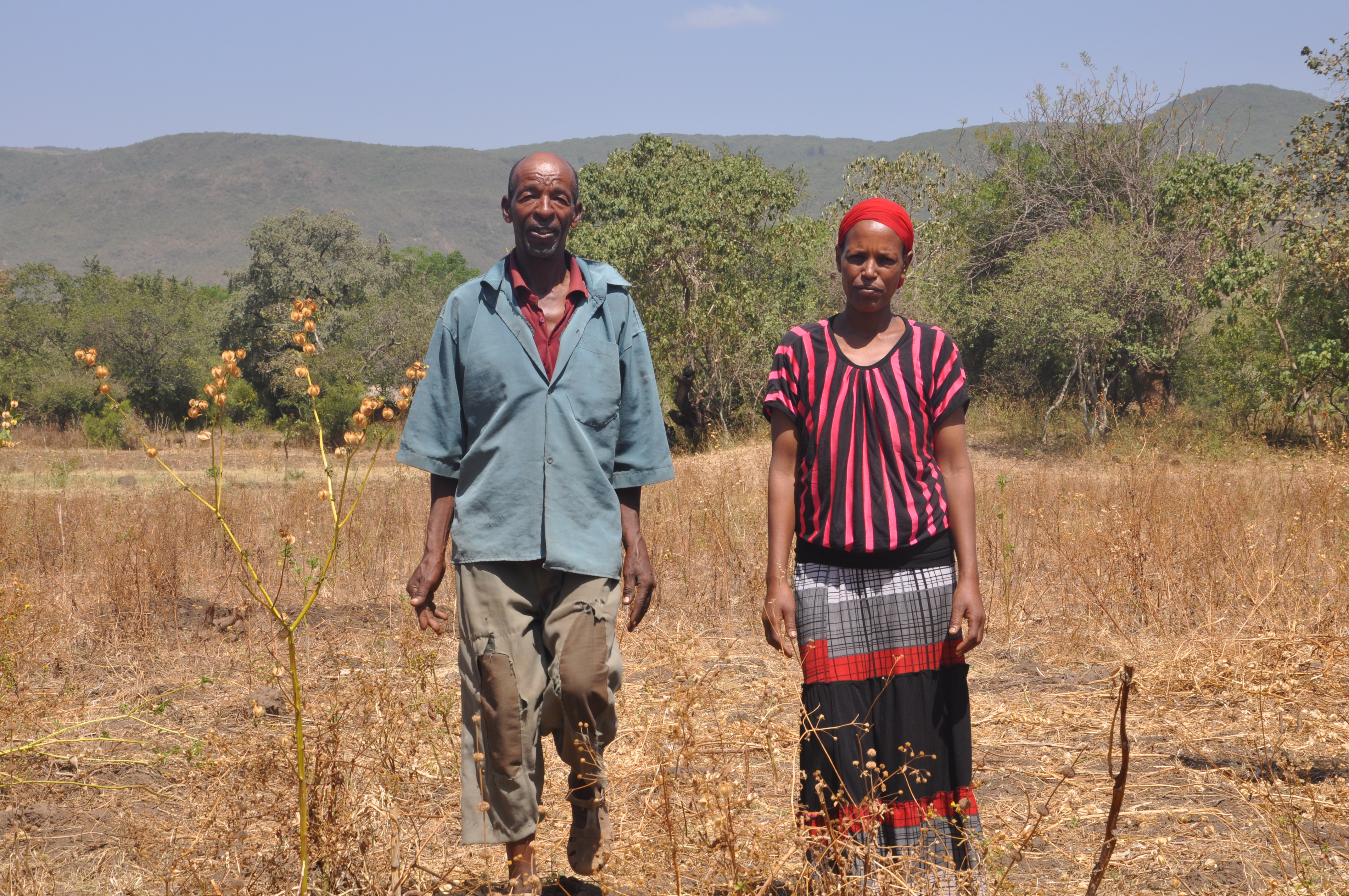
Thirty-five year old Aster Tantu married to Ergado Urgu, 45, and gave birth to six children explained the situation, “We used to cut trees on the hills unwisely for charcoal and the trees were dwindled year after year. When it was raining, our land used to be covered with huge infertile mud and stones washed down from the top of the hills. I used to harvest less than 200kg of maize from my one hectare of land in a year.”
As a result of the villagers’ own actions and erosion, the land was left with bare hills where there were stones all over the place which made farmland around hill bottoms very infertile. Families living around hill bottoms used to experience the terrible effects of hunger and starvation frequently. “My family of seven did not get even one meal a day and usually go to bed hungry for more than six months of the year, “Aster remembered her horrible experience.
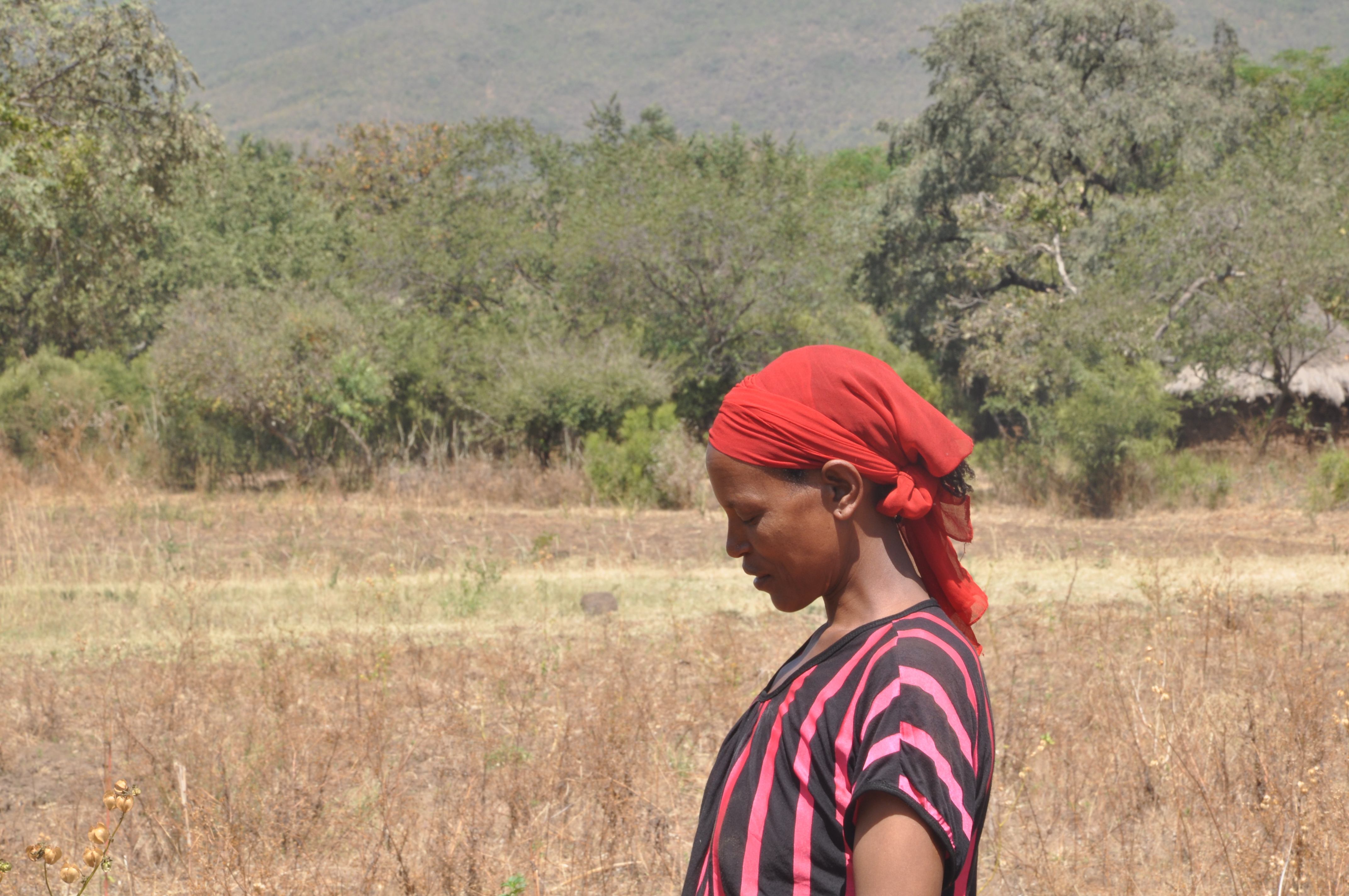
Aster recalled with grief, “While I was pregnant and still carrying my younger son, I used to carry a full sack of wood charcoal or a sack of maize on my head and travel to Humbo for eight hours from my village to sell the charcoal or get flour mill service.’
In response to the environmental crisis in the area, World Vision Ethiopia and World Bank in collaboration with the local community and the regional government designed an integrated project in 2006 which has improving the livelihood of the community dramatically through improved ecosystem and gains from carbon revenue. Negatively affected households were identified and have been organized in cooperatives, legal institution was established, capacities of local communities were built, degraded land was restored using Farmer Managed Natural Resources Regeneration (FMNR) techniques and open patchy hills were refilled using seedlings grown at the established nursery sites.
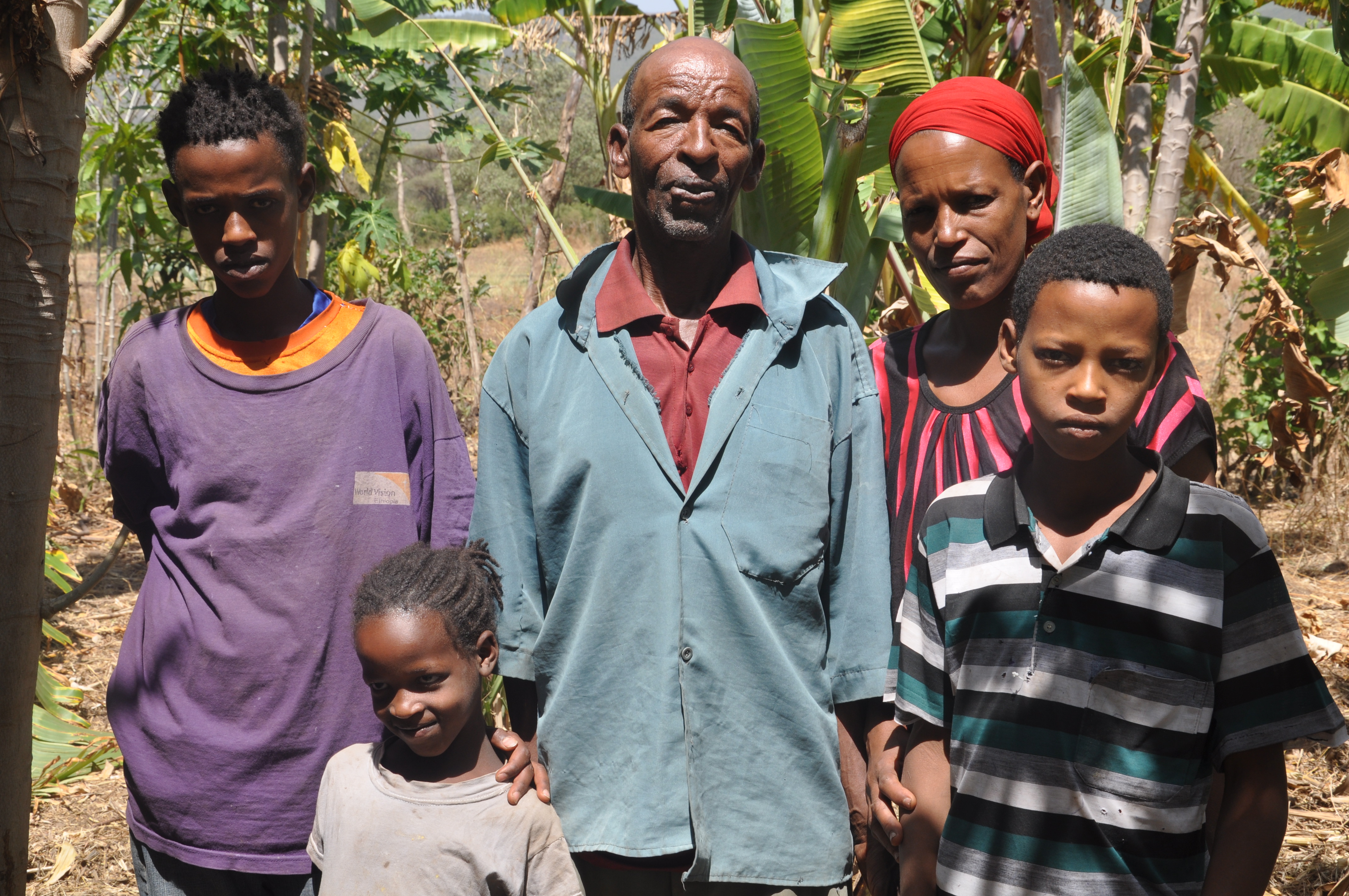
FMNR techniques have brought drastic decrease in soil erosion. Since these techniques have been applied, the fertility of farmland around hill bottoms has recovered. This has enabled hundreds of farmers ensure their food and energy secure because the land produces more, trees pruned to give firewood and grass from the preserved land cut and used for cattle feed.
“Thanks to World Vision Ethiopia and other partners, now I am able to increase the production of maize from nine to ten times on one hectare of land. I have been able to grow different fruits and edible plants such as mangoes, papayas, sugarcane, cassava and others both for my family’s consumption and for sale. I have also bought two cows which gave birth to two calves each. These cows are giving me and my family four litters of milk per day,” Aster proudly explained.
“Now carrying a heavy load while a woman is pregnant is over in my village because our cooperative using the money received from carbon trade has planted a flour mill at the center of our village where my house is only five hundred meters away. I have enough food on the table every day and I sent all my children to school,” she expressed with a feeling of relief and confidence.
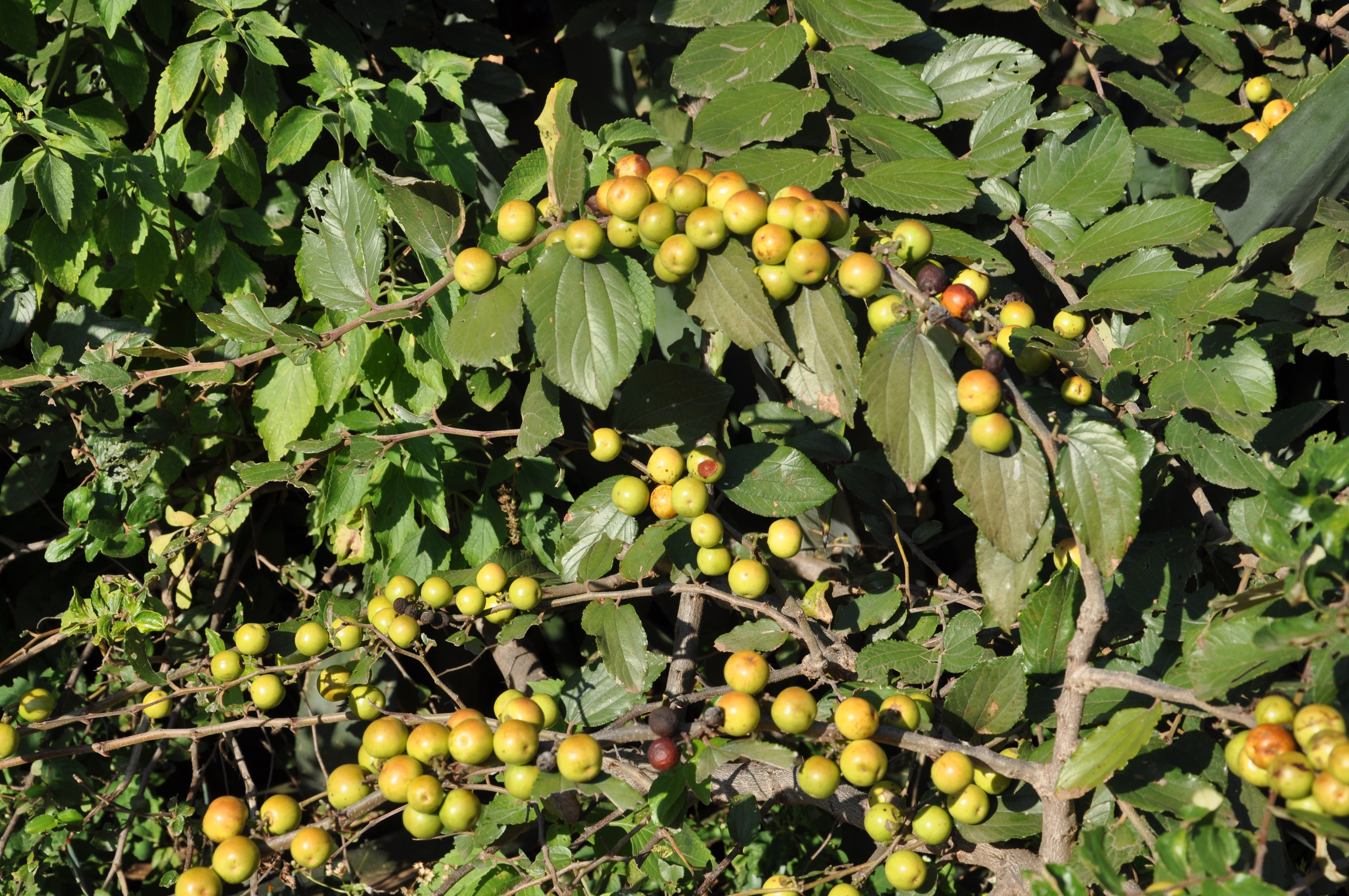
The project has organized 5,087 (1077 female) farmers into seven Farmers Cooperatives which have established a union. The Union has been able to own a total capital of USD 112, 987 from carbon revenue and sale of managed forest products.
Aster thankfully said, “Since WVE started Humbo FMNR project, I, and many of our villagers have been able to have enough food on the table, send our children to school and even breath cold air as the area has become more and more cool.”
The coordinated efforts among the community, the government and development partners have transformed bare eroded hills in Humbo district into an ideal tourist attraction in the area. The forest has become home for monkeys, hyenas, wild pigs, leopards, gazelles, hares and varieties of birds.
